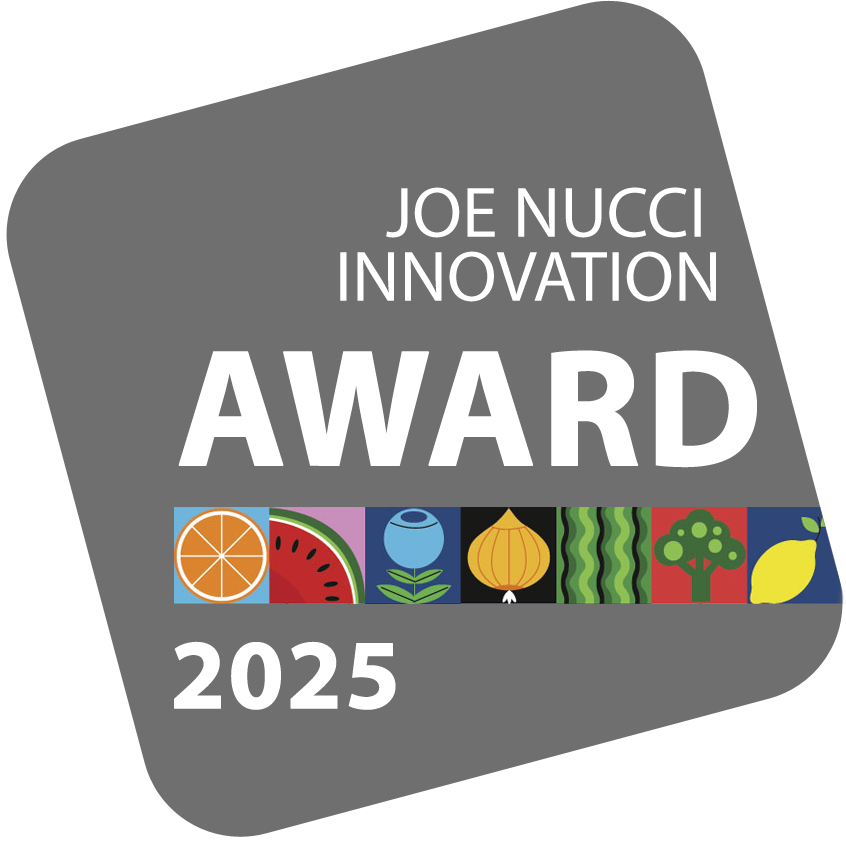Andy Hamilton: Pressures and Promise of Foodservice
October 14, 2025 | 4 min to read


Since America has grown and industrialized, dining out has expanded right alongside the American Dream. Wild Bill Hickok may not have ordered a Caesar salad during the Black Hills Gold Rush, but he and Calamity Jane likely still dined on beans, corn, carrots, cabbage, and potatoes with their whiskey at a rowdy Deadwood saloon.
As waves of immigrants introduced new cuisines, Americans often first experienced exciting new flavors in restaurants before they became staples in home kitchens. After World War II, the suburban boom fueled the rise of fast food, delivering cheap and convenient meals in innovative formats.
Entering the 21st century, macro trends continued to reshape dining. Delivery apps leveraged a smartphone world, and these apps proliferated as consumer time demands increased. By 2015, Americans were spending more on food away from home than at home.
HAMMERED BY INFLATION, PANDEMIC
But the COVID-19 shutdowns changed everything overnight. Restaurants lost the in-house dining and social interaction that make eating out special. Thankfully, many states accelerated recovery, and traffic rebounded — fueled by “revenge travel” and consumers’ overwhelming desire to reclaim life’s simple joys, such as dining out with friends, family and neighbors.
Despite surviving a tumultuous pandemic and post-pandemic world, restaurants today face enormous obstacles to long-term success and profitability. Although some chains are posting record-high sales, the industry has endured three years of food inflation, higher labor costs, and restrictive regulations. After the Federal Reserve belatedly began raising rates in 2022, food-away-from-home inflation outpaced food-at-home inflation, widening the gap beyond pre-COVID norms.
Operators now face a delicate balancing act: raising menu prices enough to offset costs without alienating customers. Many consumers have already resisted continual price hikes. Many operators with the wrong business model or offerings for their market, or inefficient cost structures with rocketing labor costs, had no chance of surviving in such a harsh business environment. The restaurant environment for our friends in Canada has been even more punitive.
Over-stimulative fiscal policy and prolonged near-zero interest rates contributed to the inflation spike of 2021–2023. While tariffs remain an unwelcome tax, as Milton Friedman famously noted, inflation is “always and everywhere a monetary phenomenon.”
With M2 money supply now below the five-year average, inflation risks are less severe than during the pandemic-era stimulus, even with today’s tariff pressures. However, Fed Chair Jerome Powell, who failed miserably controlling or even recognizing inflation in time during the post-COVID-19 economy, is scared to act for fear of creating another inflation event.
History shows when consumers grow anxious, discretionary spending drops quickly. After vacations filled with meals at airports, resorts, and theme parks, the first place consumers trim is often at these discretionary expensive trips, and then we see residual damage trickling down to local neighborhood restaurants. This cycle spells potential trouble for the foodservice industry.
History shows when consumers grow anxious, discretionary spending drops quickly.
Yet, there are tailwinds that could help restaurants weather the storm and even thrive:
- Major events: Concerts, football games, and monster-sized events such as the 2026 World Cup drive massive traffic for foodservice.
- Return-to-office trends: More commuting means more meals purchased outside the home. We all eventually run out of leftovers!
- Lower gas prices: Affordable fuel encourages consumers to dine out more freely. My home state of Georgia, for instance, temporarily cut gas taxes to boost consumer spending, which was a boon for foodservice.
- Policy stability: Reducing tariff uncertainty would calm consumer fears. Tariffs, such as 17.1% duties on Mexican tomatoes, do nothing but lift the long-term price levels and diminish demand.
- Less red tape: In extremely high-burden states like California, radically simplifying bureaucracy would ease the cost and risk of starting and maintaining restaurants. Let’s also get rid of the job-killing, astronomically high minimum wage triggers, too.
- Lower interest rates: Moderating borrowing costs would support operators’ investments and stimulate economic activity which always adds to foodservice traffic.
At Markon, we provide fresh produce to our four private, family-owned broadline foodservice distributors/owners. Our name “Markon” stems from “marketing consistency” — a principle every restaurant strives for. As Clemson football coach Dabo Swinney stated in a recent interview, “Success is about being consistently good. Occasionally great gets you fired in this business.” The same principle of consistent performance applies to foodservice.
Given the headwinds operators already face, isn’t it time for policymakers to cut back unnecessary bureaucracy and poor policy choices — and help America’s restaurants succeed?
Andy Hamilton is chief executive of Markon Cooperative Inc., headquartered in Salinas, CA.
25 of 32 article in Produce Business October 2025

